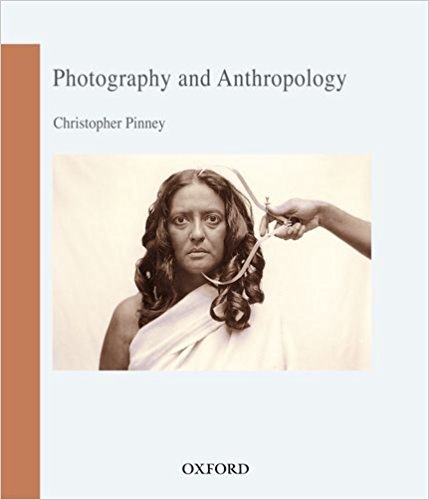In a beautiful phrase deployed early in the book, Pinney writes of a retort that ‘leaps across the years like a vein of silver in a dark passageway (p.12).’ That phrase is a telling one, for it illuminates both the technique and the spirit of Pinney’s book. In technique, the book, which is in essence a long illustrated essay, moves back and forth over the century and a half of the intertwined histories of photography and anthropology, picking decisive moments (to use a term associated with the photography of Henri Cartier Bresson) and images that cast a different light on anthropology’s understanding of itself, and its relation to photography. In Pinney’s own words the book, ‘tries to ask what an anthropological destabilization of the relationship between anthropology and photography might look like (p.12).’ In spirit, the book is deeply inspired by Roland Barthes and Walter Benjamin’s understandings of photography, in which ‘no matter how artful the photographer, no matter how carefully posed his subject, the beholder feels an irresistible urge to search a picture for the tiny spark of contingency, of the Here and Now, with which reality has so to speak seared the subject…’ 1The vein of silver that leaps across the years in Pinney’s meditation is an understanding of photography (and anthropology) having an indexical relationship to the Real, not entirely reducible to disciplinary conventions or codes of representation. This is what makes photography for Pinney, following Benjamin a close relative of magic, and a photographer ‘the descendant of augurs and haruspices’.
March 2012, volume 36, No 3

